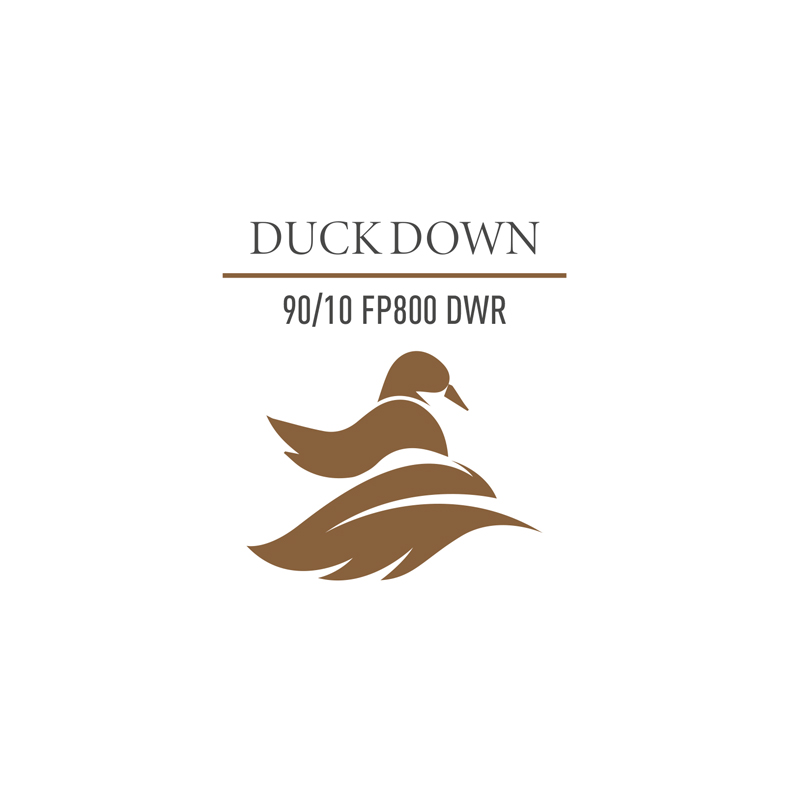Natural down is one of the most used insulating materials in the world of clothing. Thanks to its ability to trap a great deal of air, it offers an excellent warmth-to-weight ratio, in addition to being malleable and able to adapt perfectly to any shape or space.
For Karpos garments, we use down from both ducks and geese. Both retain heat very well, but duck down is lighter and warmer than goose down. All the down used to make our garments is certified and comes from humanely treated birds.


Fill power
Fill power represents down’s ability to fill a space. It’s the unit we use to measure how much volume the down occupies for each ounce of weight. The greater the volume occupied by an ounce of down, the greater the thermal capacity of the garment.
Fill power is generally classified according to values ranging from 100 to 800, with the number increasing with the increase in thermal capacity.
Down or feathers?
Feathers have a rigid central spine, the rachis, that the various filaments branch out from. Down, the most prized part of the plumage of ducks and geese, has no rachis; instead, it has a loose structure with a central core and barbules that trap air. It’s usually found under the neck and in the chest area of birds. Compared to feathers, it’s very light and fills a large volume."
90/10, 85/15, 70/30…?
The figures 90/10, 85/10, etc., indicate the percentages of down and feathers, respectively, contained in the garment. A 90/10 jacket will therefore contain 90% down and 10% feathers. An 85/15 jacket will contain 85% down and 15% feathers, and so on.
DWR treatment
Down is a hydrophilic material, so it tends to absorb water — a feature that makes garments made with this material unsuitable in damp conditions. Once wet, feathers and down lose their insulating capacity. Today, this problem is partially solved with an innovative DWR treatment that’s applied directly to the down. This allows the down feathers to be waterproofed while retaining unaltered their insulating properties, even in extremely damp conditions.
The Highest Down Jacket and Alagna Down Jacket products use down with DWR treatment.